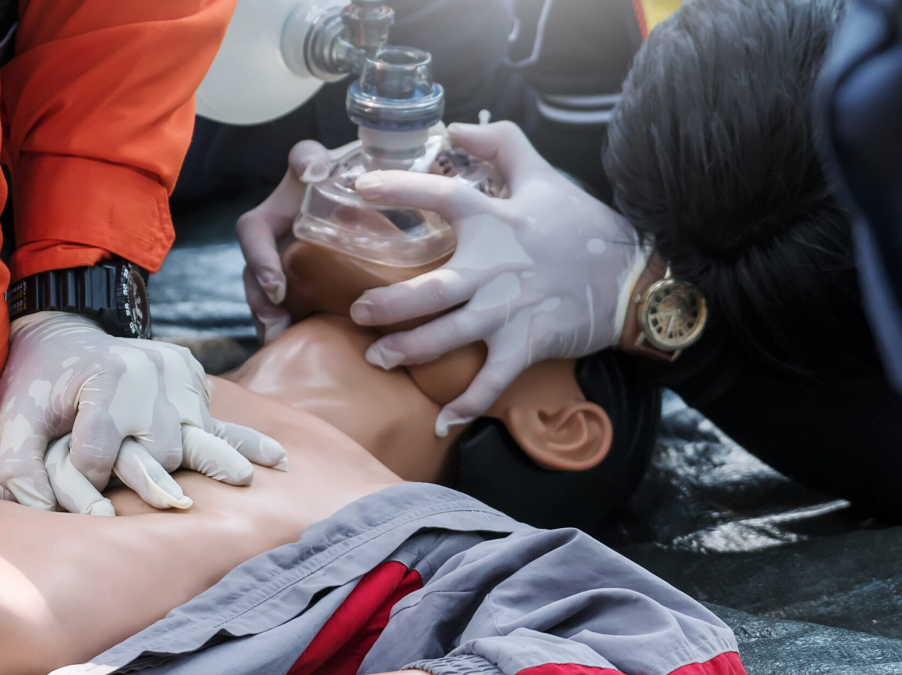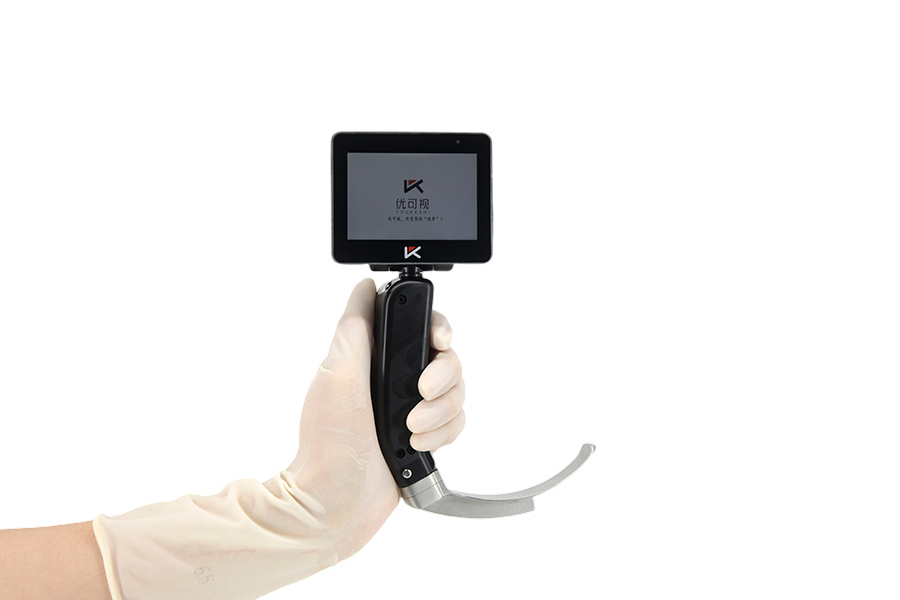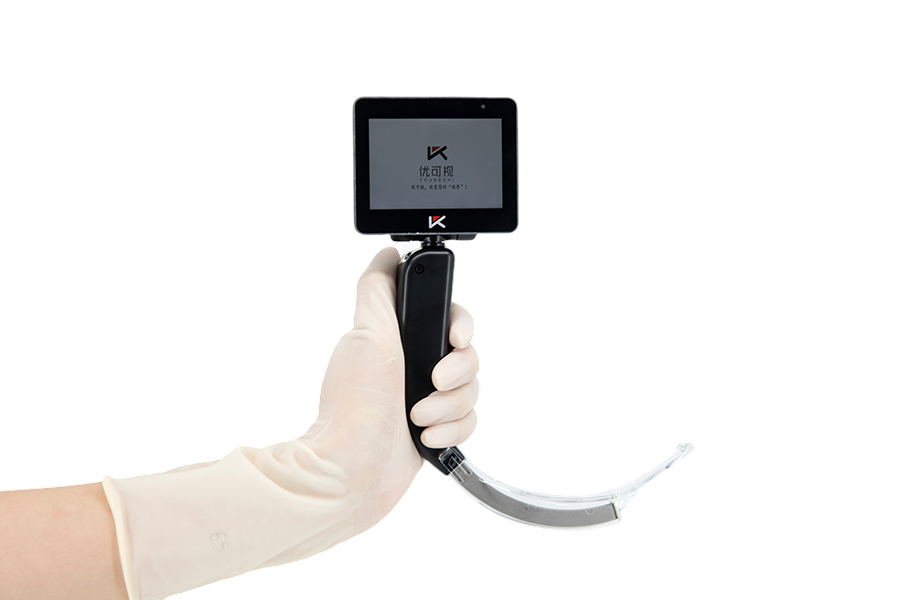A reusable video laryngoscope offers several advantages over traditional laryngoscopes:
Enhanced Visualization: The most significant advantage is the enhanced visualization of the larynx and vocal cords. The video laryngoscope is equipped with a camera at the tip, providing a clear and magnified view on a monitor. This feature is particularly helpful in difficult airway situations.
Reduced Physical Effort: With a video laryngoscope, less physical effort is required to achieve an optimal view of the larynx. This reduces the strain on the patient's tissues and the risk of dental or soft tissue injury.
Training and Education: The ability to display the intubation process on a screen allows for better training and educational opportunities for medical students and professionals. It facilitates real-time feedback and learning.
Reusable and Cost-Effective: Being reusable, these devices can be more cost-effective in the long run compared to disposable ones. They require proper cleaning and sterilization between uses, but this is a routine process in medical settings.
Improved Success Rates: Studies have shown that video laryngoscopes can improve the success rates of intubation, especially in challenging cases, thereby enhancing patient safety.
Recording Capability: Some models can record the intubation process, which is beneficial for documentation, quality control, and medico-legal purposes.
Versatility: They can be used in a variety of settings, including operating rooms, emergency departments, and in the field by emergency medical services.
Better Ergonomics: The design often allows for a more ergonomic handling, reducing the fatigue for the practitioner, especially during prolonged or difficult intubation procedures.
Enhanced Patient Comfort: Although patient comfort depends on many factors, the reduced need for force and manipulation can make the process more comfortable for the patient.
Adaptability: Video laryngoscopes can be equipped with different sizes of blades, making them adaptable for use in a wide range of patients, from infants to adults.



